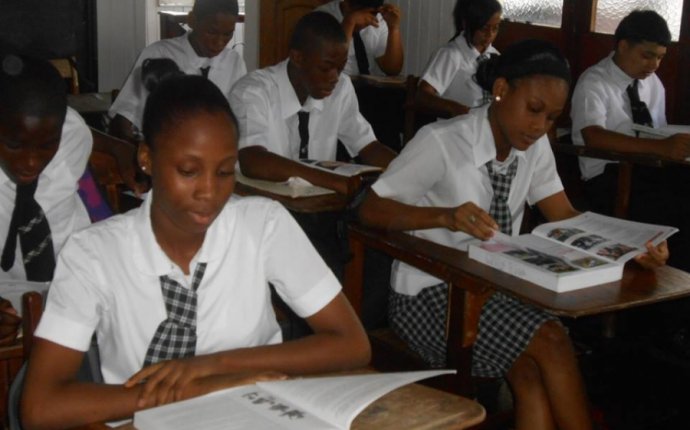
Classroom teaching strategies and techniques

OVERVIEW
The jigsaw classroom is a research-based cooperative learning technique invented and developed in the early 1970s by Elliot Aronson and his students at the University of Texas and the University of California. Since 1971, thousands of classrooms have used jigsaw with great success.
The jigsaw classroom has a four-decade track record of successfully reducing racial conflict and increasing positive educational outcomes such as improved test performance, reduced absenteeism, and greater liking for school.
Just as in a jigsaw puzzle, each piece — each student's part — is essential for the completion and full understanding of the final product.
If each student's part is essential, then each student is essential; and that is precisely what makes this strategy so effective.
JIGSAW IN 10 EASY STEPS
The jigsaw classroom is very simple to use. If you’re a teacher, just follow these steps:
STEP ONE
Divide students into 5- or 6-person jigsaw groups.
The groups should be diverse in terms of gender, ethnicity, race, and ability.
STEP TWO
Appoint one student from each group as the leader.
Initially, this person should be the most mature student in the group.
STEP THREE
Divide the day’s lesson into 5-6 segments.
For example, if you want history students to learn about Eleanor Roosevelt, you might divide a short biography of her into stand-alone segments on: (1) Her childhood, (2) Her family life with Franklin and their children, (3) Her life after Franklin contracted polio, (4) Her work in the White House as First Lady, and (5) Her life and work after Franklin's death.
STEP FOUR
Assign each student to learn one segment.
Make sure students have direct access only to their own segment.
STEP FIVE
Give students time to read over their segment at least twice and become familiar with it.
There is no need for them to memorize it.
STEP SIX
Form temporary “expert groups” by having one student from each jigsaw group join other students assigned to the same segment.
Give students in these expert groups time to discuss the main points of their segment and to rehearse the presentations they will make to their jigsaw group.
STEP SEVEN
Bring the students back into their jigsaw groups.
STEP EIGHT
Ask each student to present her or his segment to the group.
Encourage others in the group to ask questions for clarification.
STEP NINE
Float from group to group, observing the process.
If any group is having trouble (e.g., a member is dominating or disruptive), make an appropriate intervention. Eventually, it's best for the group leader to handle this task. Leaders can be trained by whispering an instruction on how to intervene, until the leader gets the hang of it.
STEP TEN
At the end of the session, give a quiz on the material.
Students quickly come to realize that these sessions are not just fun and games but really count.








